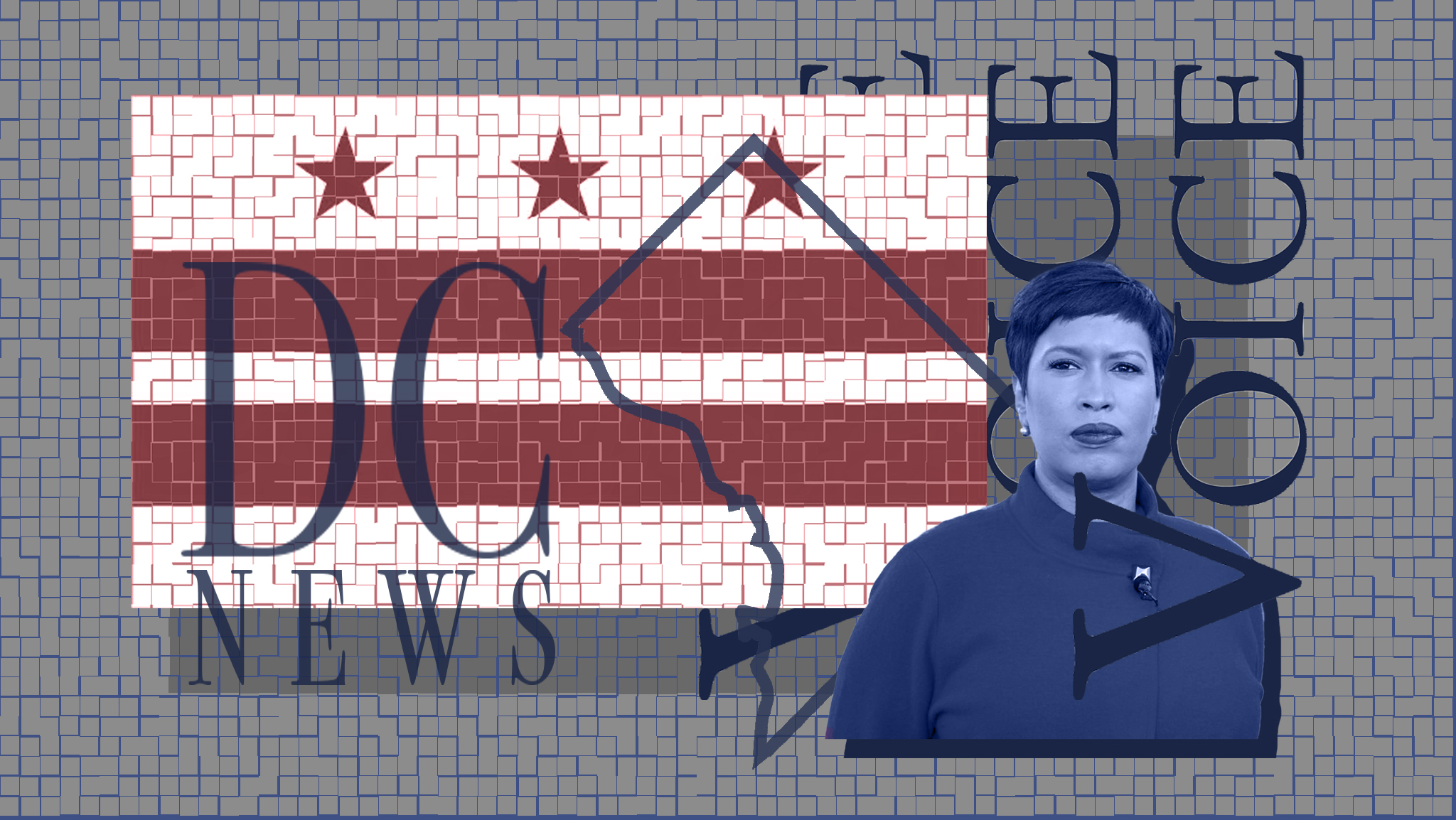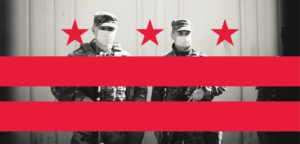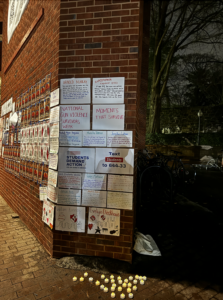D.C. is no stranger to gun violence: the District ranks first in its rate of gun homicides relative to the rest of the U.S., and a fatal shooting on M St. in January brought increased attention to gun violence in the city.
In particular, there has been a spike in D.C. gun violence since the outbreak of COVID-19. In 2021, the District reached its 200th gun violence-related death for the first time in nearly two decades. The city recorded more than 400 homicides last year alone.
A December 2021 study released by the National Institute for Criminal Justice Reform (NICJR), however, seeks to find the root cause of this trend and learn how it can be prevented. The report found that a relatively small number of individuals—no more than 200—are at a high risk of perpetrating gun violence at any given time. A common set of risk factors, including history with the criminal justice system and connections to other incidents of gun violence, make certain individuals likely to later both commit an act of or be a victim of gun violence themselves.
The demographics of those most likely to have some involvement in gun violence reveal that this issue is systemic. Approximately 96 percent of both victims and perpetrators of gun violence in the past two years were Black, nearly 90 percent were male, and about two-thirds were between 18 and 34 years old.
“Most people involved in gun violence are connected to some sort of group or neighborhood clique or gang,” David Muhammed, the executive director of NICJR, said. “That may not be surprising, but it’s a significant number.”
Recent homicides in D.C. also strongly cluster around its Southeast region, in the District’s majority Black and most socioeconomically disadvantaged wards. “You have these areas that are almost plagued by poverty, social problems,” Frederic Lemieux, faculty director of the Master of Professional Studies programs in Applied Intelligence, said. “What aggregates with that very often is the problem of violence, specifically gun violence.”
Black Americans are much more likely than white Americans to be affected by gun violence in a cycle as self-enforcing as it is brutal. A history of redlining and underinvestment in majority-Black areas limited opportunities for education and socioeconomic mobility. The transformation of Black neighborhoods into carceral spaces after decades of “broken windows” policing has resulted in higher rates of generational poverty. These factors are both causes and effects of the disproportionate gun violence faced by Black D.C. residents.
Muhammad suggested a program of prevention to help those who are statistically more likely to commit gun violence. “We need to focus intensive intervention on those individuals,” he said. “That means ‘I’m going to talk to this person every day, see them three to four times a week, gauge them consistently for months, develop a life plan with them, connect them to needed services.’ That level of intensity and structure is missing from most programs.”
“A transformational, rather than reactionary, approach needs to address the cause rather than impact of the issue,” Elham Atashi, faculty and co-director of Georgetown’s Program on Justice and Peace, said.
In searching for a solution that adequately addresses the root causes of gun violence, some believe that increased policing is a viable option. Lemieux, however, disagrees with this notion. According to his study, which analyzed mass shootings in countries across the world, the U.S. is a major outlier relative to other Western nations in terms of gun ownership and mass shooting frequency—which he believes is the driver of the U.S.’s gun violence crisis.
Community policing, or the philosophy of utilizing resources other than just the police force when dealing with crime, is designed to proactively address the causes of dangerous or criminal activities before they escalate. According to Lemieux, “Community policing is not a solution, but a resource to help people access the right government or private resources they may need. For example, police officers could know exactly how to resolve issues by calling the right social worker, psychologist, or another resource that could be better placed to diffuse the situation before it gets worse.”
Lemieux admits that his solution of investing more into resources other than the police relies on a crisis to arise to take any effect. Longer-term solutions may rely more heavily upon improving the socio-economic conditions of likely victims and suspects of gun violence before alternate resources—like social workers, psychologists, and other non-police resources—can come into play.
“There is also the issue of recidivism,” Atashi added. “Transforming this pattern would involve an intersectional approach to end gun violence by investing in impacted communities where youth are disproportionately affected by the burden of violence and to address structural causes.”
Although apparent spikes in D.C. gun violence drew media and citizen attention in recent years, current gun homicide rates are still less than half of their peak in the 1990s. According to Lemieux and Muhammad, research suggests that recent increases in gun violence are outliers, rather than the beginning of a new trend in the data.
“What we’re experiencing today in relation to what was happening in the ’90s is significantly lower,” Lemieux said. Yet, he still acknowledges that the cause of the recent rise in gun homicides should be investigated. “What is it that we’re missing or that we lost over the past three years that caused gun violence to spike again?”
In the study’s conclusion, NICJR provided a primary recommendation: “Clear citywide strategy that focuses intentional, structured, and intensive intervention efforts on those individuals identified as being at very high risk of being involved in gun violence.” More recommendations are expected upon the imminent release of their Gun Violence Reduction Strategic Plan.
“The violence is predictable. The people involved are identifiable. And therefore it is preventable,” Muhammad said.





